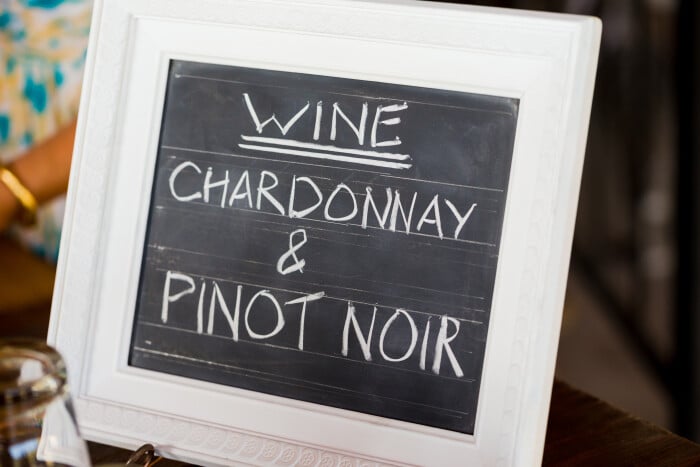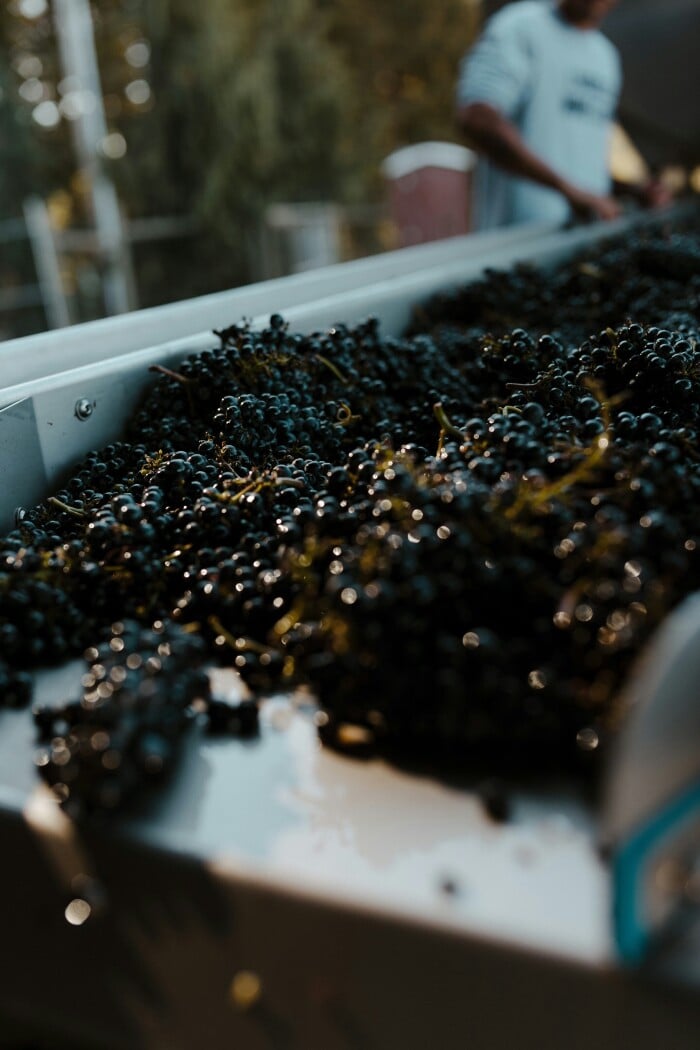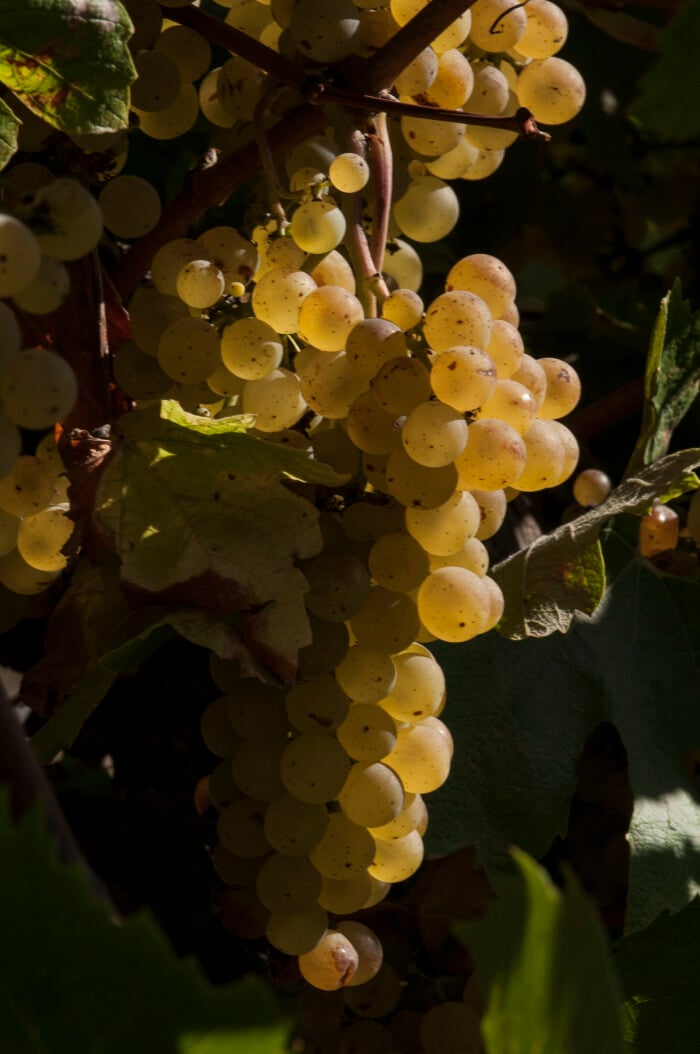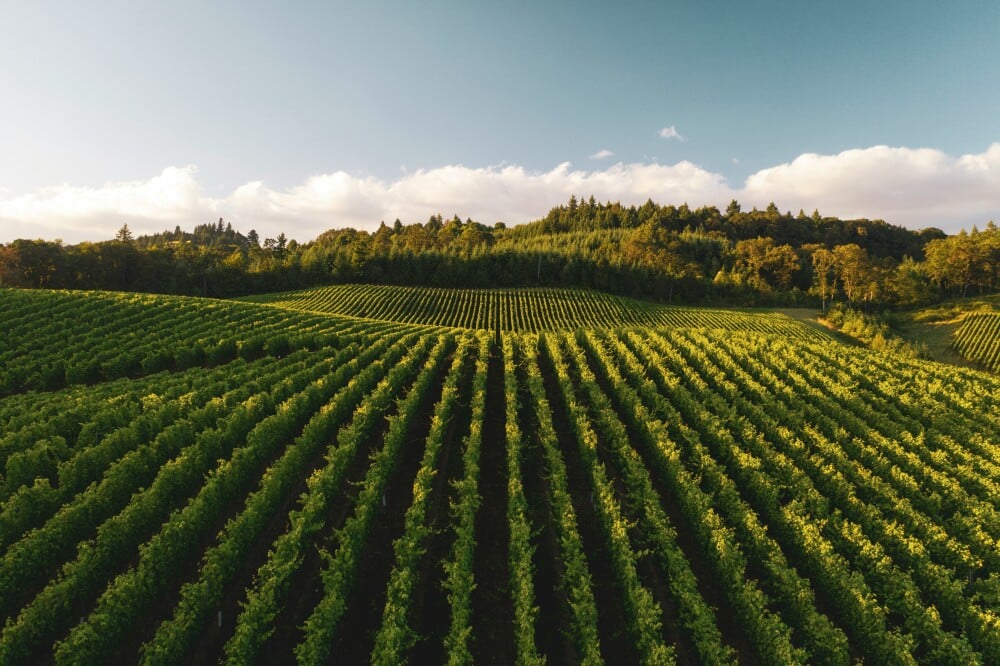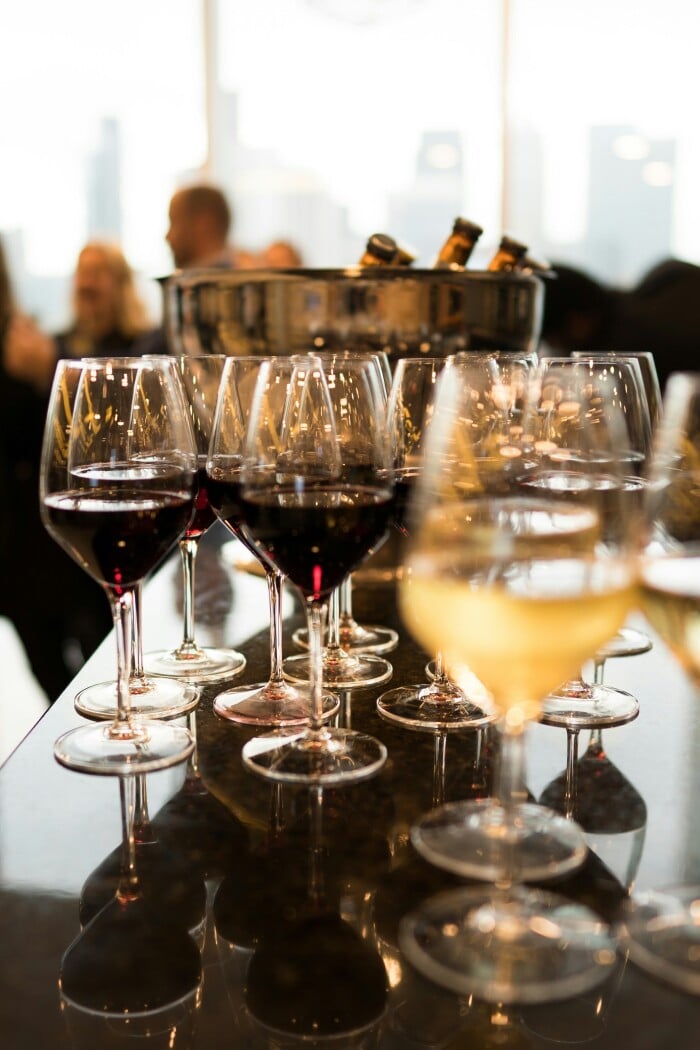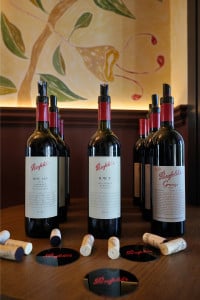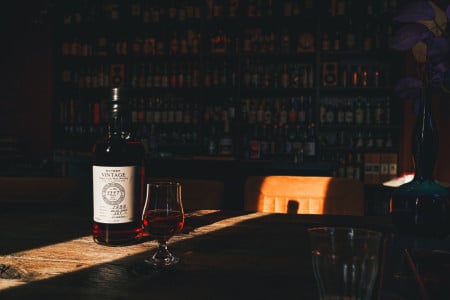That's exactly what was found in Pinot Noir at the time. However, not the growths from Oregon. They were still only something for real connoisseurs and lovers. But the wine world as such also looked to California. In 1947, the legendary oenologist André Tchelistcheff had already managed to conjure up a Pinot Noir from his Beaulieu Vineyard that did not need to fear comparison with the finest growths from Burgundy.
But until the 1970s, such elegant Pinot Noirs from California were actually rather a rarity. This is because the grape variety was planted in warm places right next to Cabernet Sauvignon or Zinfandel. The latter like warmth and sun. Pinot Noir, however, does not. It needs it moderately to unfold its true splendor.
How Pinot Noir came to the coast and rivers
Tchelistcheff already stated: "God created Cabernet Sauvignon, the devil created Pinot Noir". Tchelistcheff did not mean to demonize the famous grape variety. Just the handling of the diva of all grapes in the vineyard. Pinot Noir does not like it too cool or too warm, not too damp or too dry. A lot of yield leads to thin wines, too late harvest to sweet and sticky growths. And it doesn't want to be plastered over by wood, because otherwise it tastes like a clown on sugar drugs. You can do a lot of things wrong.
Unfortunately, this is exactly what took place in California until the 1970s. But then, fortunately, there was a change in thinking. Or rather, a change of location. The winemakers finally realized that Pinot Noir produces better results on the coast than inland. Suddenly, Pinot Noir was being planted in Santa Barbara, Monterey and Mendocino. In Sonoma, too, the grape variety found ideal conditions along the Russian River.
A film saves Pinot Noir in the United States
Yes, the grapes were still a bit lush in the beginning. And especially a Pinot Noir from the Russian River can still be recognized at first sip thanks to its subtle Coca-Cola note. But the wines shine with finer rather than pumped-up fruit. A great advantage for the grape variety. Unfortunately, not for the Americans. They were tired of the opulent and high-alcohol Chardonnays - but they were only able to do something with the fine and leaner Pinot Noirs to a limited extent. After the initial hype at the beginning of the 1990s, sales figures declined steadily.
When the movie "Sideways" hit theaters in 2004, Pinot Noir led a niche existence. But this changed abruptly thanks to Miles Ode's tribute to the grape variety. It was his praise of the fineness of Pinot Noir that made American wine lovers think again about their taste. Or maybe not. In any case, people in the United States now wanted a lot of fine and elegant Pinot Noir. Preferably from California. Here, the vineyard area grew from 8,000 to 11,000 hectares after the film. It quickly became known that equally delicate grapes came from Oregon.


